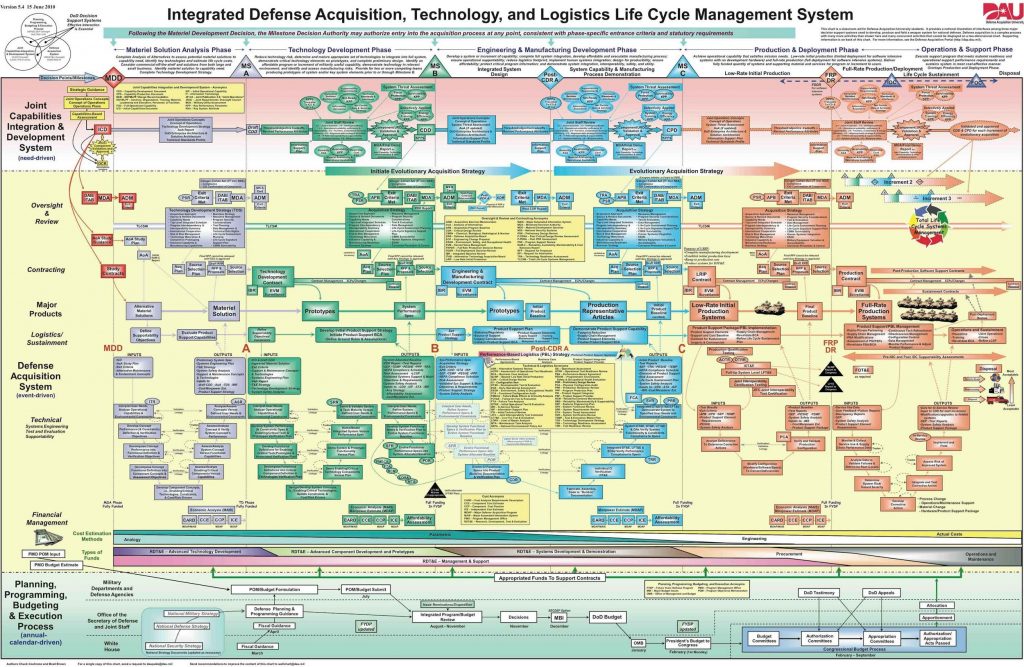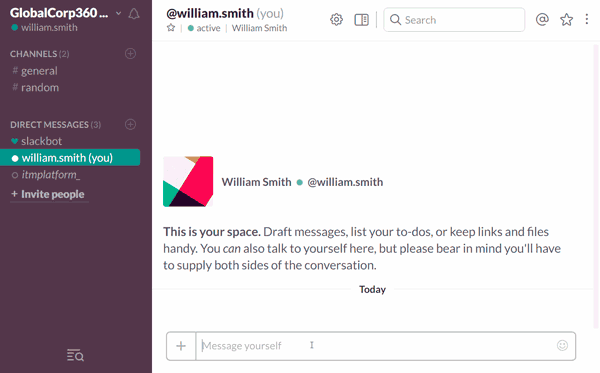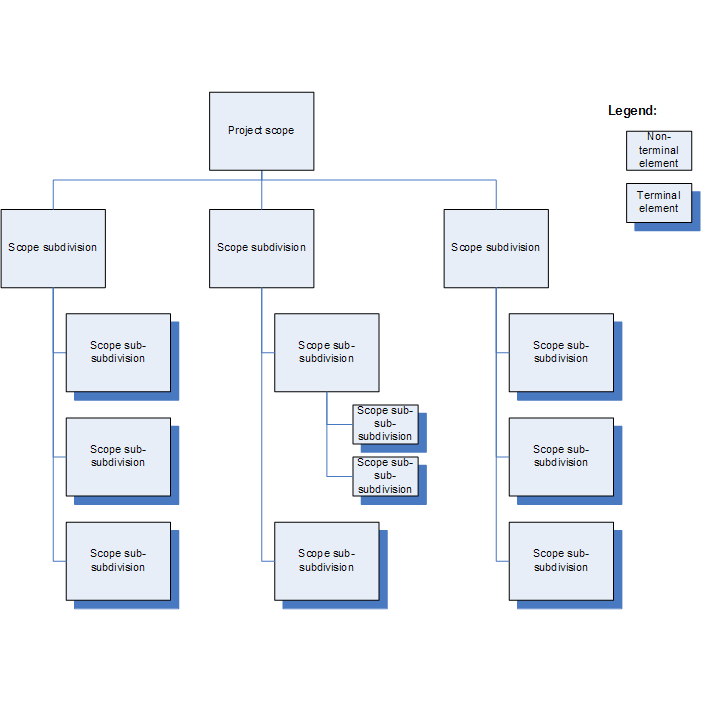 This is a guest article by Elizabeth Harrin. Elizabeth has recently published a review of ITM Platform on her blog. This article contains affiliate links that don’t cost you extra.
This is a guest article by Elizabeth Harrin. Elizabeth has recently published a review of ITM Platform on her blog. This article contains affiliate links that don’t cost you extra.
When I’m on holiday I want to be, you know, actually on holiday. Enjoying my vacation time, chilling out with a cocktail and a barbeque and playing ball with my kids. I don’t want to be checking emails, dealing with phone calls from my project sponsor or still doing project reports from the cabin in the woods because no one else can possibly write them in my absence.
I know our roles as the project manager is important, but the project can’t stop when we’re away. It’s not good for you to be using your relax and recharge time to do work. You deserve a break.
However, it’s easy to say. It’s less easy to do, because so much of the project management part of our roles isn’t straightforward to delegate to someone else, and often we don’t have anyone to delegate it to. That example of writing project reports while I was on holiday: that actually happened. The report wasn’t even that good because I wasn’t in touch with the team to get a real update of what was going on.
So how can you get a proper break without your project falling apart without you? Here are 5 stress-busting tips for before your vacation so you can go away and enjoy yourself with confidence.
1. Get On Top of Your Schedule
It feels a lot more comfortable to go away if you are leaving your project schedule in a good state.
An up-to-date schedule means that everyone will know what tasks they need to work on while you are away. To be honest, they’ve probably got an idea of what they should be doing anyway, but having it there accurately on the schedule means they have no excuse!
If you still have tasks without assigned resources, assign someone so that it’s on their radar while you are out of the office. If you need to, take some time before you go away to explain what the task is all about and how you expect it to be done. Use that conversation as a way to confirm the delivery date with them as well and to check that your estimate is realistic.
2. Handover the Important Stuff to Someone Else
If you are lucky, there won’t be anything important happening while you are away. You’re a project manager, so you’ve probably planned your holiday at a time where it is going to have a minimal impact on the project.
Unlike me, who went on maternity leave just before a two-year software development project went live (that was some handover).
However, if there is anything that is outstanding or is presenting as an issue, brief someone about it. You might have a number of people you talk to: don’t feel that your handover has to be to one single person. Your project sponsor might pick up some of the issue management. A workstream leader might chase down outstanding tasks. Your project coordinator might be briefed about staying on top of the action log.
Write down as much as you can when you’re preparing your handover because people forget. Include key contact details of people who can help them so that they don’t automatically speed dial you with problems.
You can also let them know what they can ignore. Someone might complete a project task, for example, but if it’s not on the critical path the work could sit there until you come back to deal with it. Try to set some clear guidelines about what should be actioned or progressed and what can wait. Trust me, a lot of it can wait.
3. Set Your Out Of Office Message
Set expectations from the beginning about you being out of the office. Change your voicemail message so that people calling you hear that you are away from the office. Add an autoresponder to your email system so that people who contact you get a response saying that you are away. This all helps to manage your colleagues’ expectations so that they aren’t frustrated that you aren’t replying straight away (especially if that is what they are used to). It also gives you some breathing room as you’ll know people are being told where you are and what to expect in terms of a response.
If you have a deputy or someone who can handle the majority of your tasks, or urgent queries then include their details in your messages. Check with them first though! Personally I wouldn’t set up a rule to forward messages on, but if that’s the culture of your organization then get that created and working before you leave on your last day.
Remember to turn off your out of office responder and reset your voicemail when you get back. Just put a note in your diary to do it on the day you come back from holiday, and then no one will leave you voicemails saying that your message is out of date.
4. Talk To Your Sponsor
Even if you aren’t handing off any work to your sponsor, pop some time in their calendar to meet with them and discuss the plans for when you are off. Let them know your vacation dates and who they can turn to in an emergency.
If you are happy for them to contact you while you are away, let them know – and give them your vacation time contact details if necessary.
The aim here is for you to go away knowing that your sponsor is confident that everything is in hand and that you have it all under control, even if you aren’t physically there for a week or two. Again, this is all about managing expectations.
5. Plan Your Return
Block out the morning of your first morning back. Book yourself out so that your diary is full and no one tries to book you to attend a sneaky meeting.
This is your time to catch up. Review all your emails, get back into the swing of things, log into your project management software and check on the team’s progress. Having this buffer on your first day back is a huge stress reliever. Even if you do spend some of that time on the phone to the help-desk having forgotten the password for your laptop.
With all these plans in place, you can go away and have a fantastic time on your vacation. As much as it might feel like the project will grind to a halt without you there, it probably won’t happen. The chances of you coming back to a total disaster after a fortnight off are remote, especially if you’ve worked through these tips and put your plans into action for a smooth transition away and then back.
The team will no doubt be glad to have you back and I expect you’ll have a stack of emails to read, invoices to approve and tasks to do. But at least your forward planning will have made for a stress-free holiday and time to recharge before you get back into the daily management of your project.


 The Pentagon is not only the symbol of the most powerful military power in the world, but the supreme governing body of the American military: the public organization that has contributed the most to the consolidation of project management as a discipline. The technological development experienced by the arms industry and the expansion of logistics operations supported the development of numerous methodologies and an abundant class of engineers.
The Pentagon is not only the symbol of the most powerful military power in the world, but the supreme governing body of the American military: the public organization that has contributed the most to the consolidation of project management as a discipline. The technological development experienced by the arms industry and the expansion of logistics operations supported the development of numerous methodologies and an abundant class of engineers. 

 While hiring talent from across the globe is easier than ever, this frictionless environment shifts a strenuous pressure into the coordination needs with newcomers. And, paradoxically, at the same time it's becoming increasingly difficult to retain talent and meet the professional expectations of millenials in terms of flexibility, work-life balance and career development.
While hiring talent from across the globe is easier than ever, this frictionless environment shifts a strenuous pressure into the coordination needs with newcomers. And, paradoxically, at the same time it's becoming increasingly difficult to retain talent and meet the professional expectations of millenials in terms of flexibility, work-life balance and career development. 

 ITM Platform is specifically designed to support multi-project organizations: our client base ranges from small consultants to large corporations, such as Grupo Lala, the first manufacturer of dairy products in Mexico, or Spire Healthcare, the second largest private healthcare provider in the United Kingdom.
ITM Platform is specifically designed to support multi-project organizations: our client base ranges from small consultants to large corporations, such as Grupo Lala, the first manufacturer of dairy products in Mexico, or Spire Healthcare, the second largest private healthcare provider in the United Kingdom.
